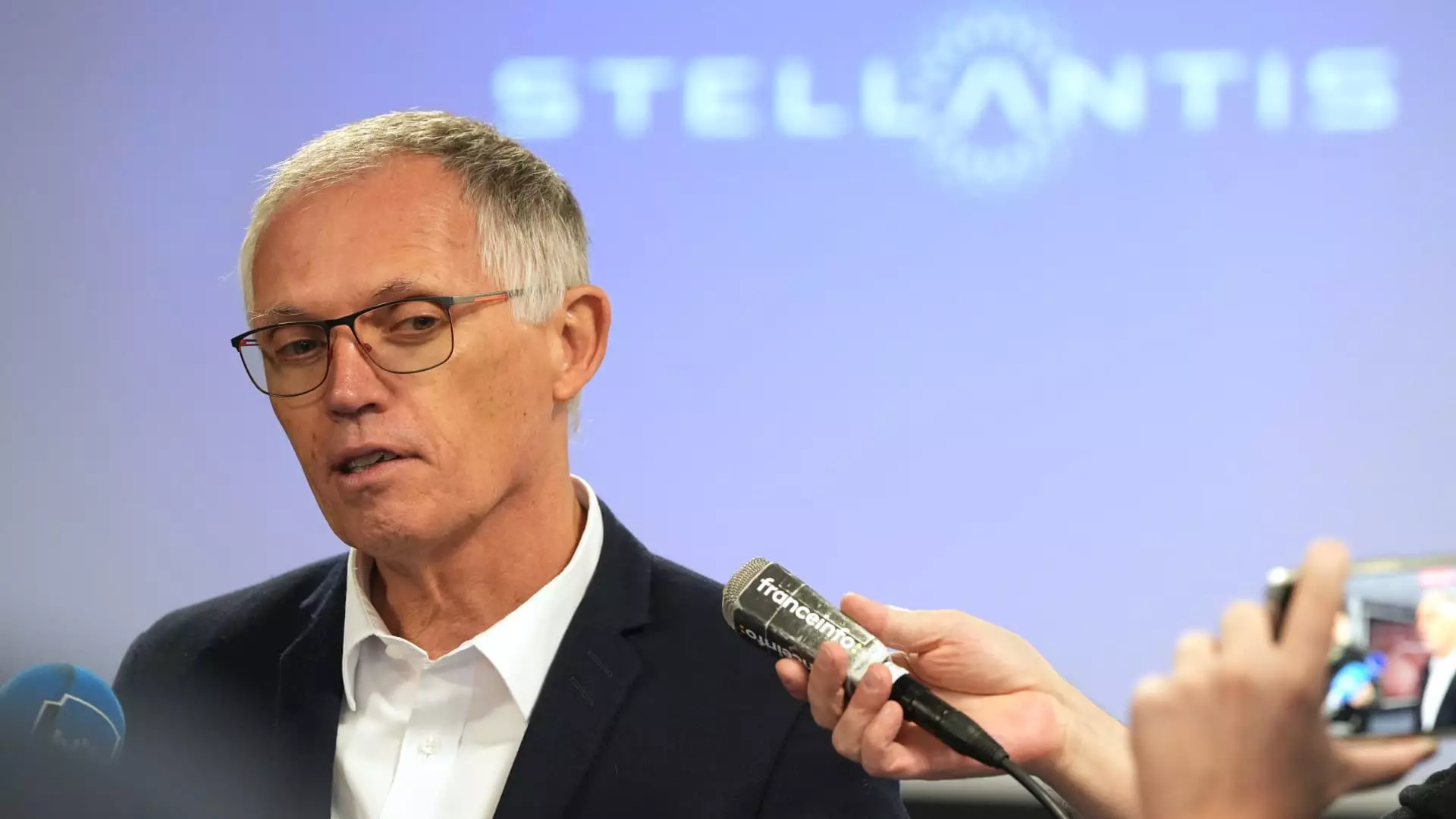The ongoing conflict between Stellantis, the automotive giant resulting from the merger of Fiat Chrysler and PSA Group, and the United Auto Workers (UAW) has reached new heights with a recent lawsuit that underscores the deep divisions between management and labor. This legal dispute reveals the complexities of modern labor relations and raises pertinent questions about the balance of power, contractual obligations, and the future of work in the auto industry.
The tensions between Stellantis and the UAW emerged in the wake of significant changes within the company, particularly affecting its production capacity and workforce stability. The company has recently made significant operational adjustments, including plant production cuts and layoffs. These actions have been met with anger and distrust from union members, who feel that the automaker is violating prior agreements crafted during contract negotiations. The backdrop to this lawsuit is a perceived failure by Stellantis to fulfill its commitments as specified in a deal established late last year.
As a response, a supermajority of UAW members at Stellantis’ Los Angeles Parts Distribution Center voted to seek authorization for a strike. This decision reflects a growing frustration among workers who feel the pressure from management’s changing strategies, which they believe align more with corporate interests than with worker rights or job security.
Stellantis’s lawsuit, filed in the U.S. District Court in California, aims to hold both the national UAW leadership and a local chapter accountable for any revenue losses the company might sustain if a strike occurs. Tobin Williams, a senior executive at Stellantis, has framed the lawsuit as a preemptive measure to address what the company perceives as a breach of contract by the union. By seeking legal recourse, Stellantis is challenging the UAW’s legitimacy in potentially orchestrating a strike that the automaker argues would violate existing agreements.
The company specifically cites “Letter 311,” a contractual document outlining future investments that it claims are conditional and subject to change based on market conditions. This element plays into the greater theme of corporate flexibility versus labor stability, which has been a point of contention for many unions across various industries. Stellantis’s contention that it must retain the ability to adapt to evolving business circumstances poses significant challenges for the union’s efforts to advocate for workers’ rights in the face of corporate restructuring.
UAW President Shawn Fain has openly criticized Stellantis’s legal approach, characterizing it as “desperate” and an attempt to intimidate workers. This rhetoric indicates a wider strategic narrative employed by unions to bolster solidarity among members, emphasizing their right to act when necessities arise. Fain’s assertion that the union remains prepared to strike underscores a fundamental belief in the strength of collective bargaining, which is seen as a tool to counter management’s unilateral decision-making.
Moreover, Fain’s comments from a recent rally challenge Stellantis management to take responsibility for the turmoil faced by workers and emphasize that any decision to engage in a strike would not emanate from a desire for conflict but rather a necessity driven by the failure of management to honor their commitments. Hence, the legal battle highlights a crucial moment for labor relations in the U.S., as unions contend with a corporate climate that often prioritizes profit margins over employee welfare.
As Stellantis and the UAW continue their legal tussle, the implications of their conflict extend beyond the company and its workforce. This situation serves as a critical case study in the realms of labor relations, contract law, and the evolving nature of employment in America. It raises essential questions about the effectiveness of existing labor laws and the ongoing struggle to balance corporate interests with worker rights.
In this era of heightened economic pressures and shifting labor dynamics, the outcome of this legal battle could set precedents that influence similar disputes across various industries. Workers are watching closely, as their rights to strike, negotiate, and advocate for fair working conditions may hinge on the results of this case. Ultimately, the resolution of this conflict will not only define the relationship between Stellantis and the UAW but also provide insights into the future of labor relations in an increasingly complex global economy.

